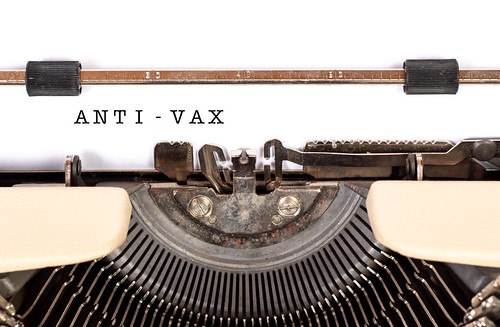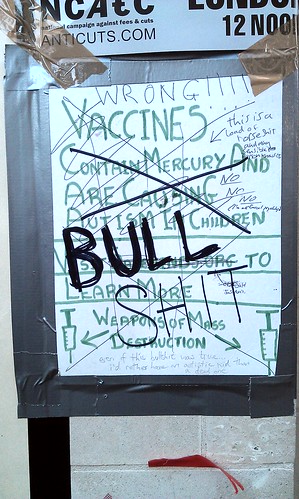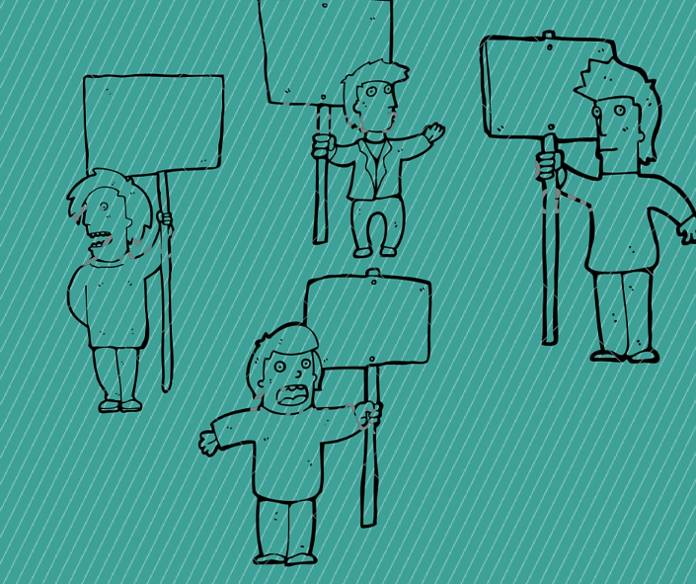Last weekend, thousands of Germans took to the streets to protest against the anti-Corona policies. The scenes were quite extraordinary and were widely reported in German and in international media, not least because the rallies were attended by far-right actors and conspiracy theorists.
The good folks at Handelsblatt interviewed some colleagues and me, and someone on the other side of the channel asked me to translate my part. For what it’s worth, here it is ?
“What do you make of the ”new“ disaffection with the government’s COVID-19 policies and the anti-lockdown protests?”
First, a degree of disaffection is perfectly understandable. Also, critiquing the government is part of returning to normality. However, if you look a bit closer, many of the actors involved in the recent protests are part of the radical right or even belong to outright right-wing extremist groups. Like they did with the 2014 “vigils for peace” movement, far right groups are trying to build an alliance with their opponents at the opposite end of political spectrum, not least by appealing to the legacy of the peaceful revolution in the GDR. Well-known merchants of conspiracy theories and esoterics are also part of the package.


“Will the AfD [the major radical right party in Germany] benefit from this? Is this the beginning of a new political movement, comparable to the 2014/15 vigils or the anti-asylum demonstration in 2015/16?”
The 2014/15 cross-spectrum alliance never really took off in terms of popular support. The 2015 anti-asylum protests, on the other hand, were part of the bigger far right movement that had existed for decades. The AfD has been building bridges to this movement since 2015 and, insofar, is already benefiting from it. At the moment, I don’t think that there is much additional potential that they could tap into.


“What is the implication of this for the wider German society, and how should politicians respond?”
It was always clear that the rally ’round the flag effect would not last for ever. A return of dissent and (partisan) conflict over the right strategy and measures was to be expected, and is also necessary for a liberal democracy.
But these demonstrations are only a small and by no means the most significant part of this conflict. For various reasons, they attract a lot of media attention: people openly break the rules on social distancing, there is not much else to report about, and some of the claims and slogans are really out of this world. But actors within parties, civil society, and the media should think long and hard if these demonstrators are really suitable allies for them, and whether they should be paid much attention at all.



@kaiarzheimer Even normal people protested against masks in 2022. “Why masks on trains, it does not help etc.” This is what grinds my gear! People have become apathic. Obnixous. Un-Solidary. People no longer care. There is no more moral compass. Everything what worked was declared a major inconvience.
The stupid ones?
How did you know?
RT @kai_arzheimer: New short blog ? Who are the Germans protesting against the COVID-19 measures, and who is benefiting? https://t.co/3EJE…
RT @kai_arzheimer: New short blog ? Who are the Germans protesting against the COVID-19 measures, and who is benefiting? https://t.co/3EJE…
RT @kai_arzheimer: New short blog ? Who are the Germans protesting against the COVID-19 measures, and who is benefiting? https://t.co/3EJE…